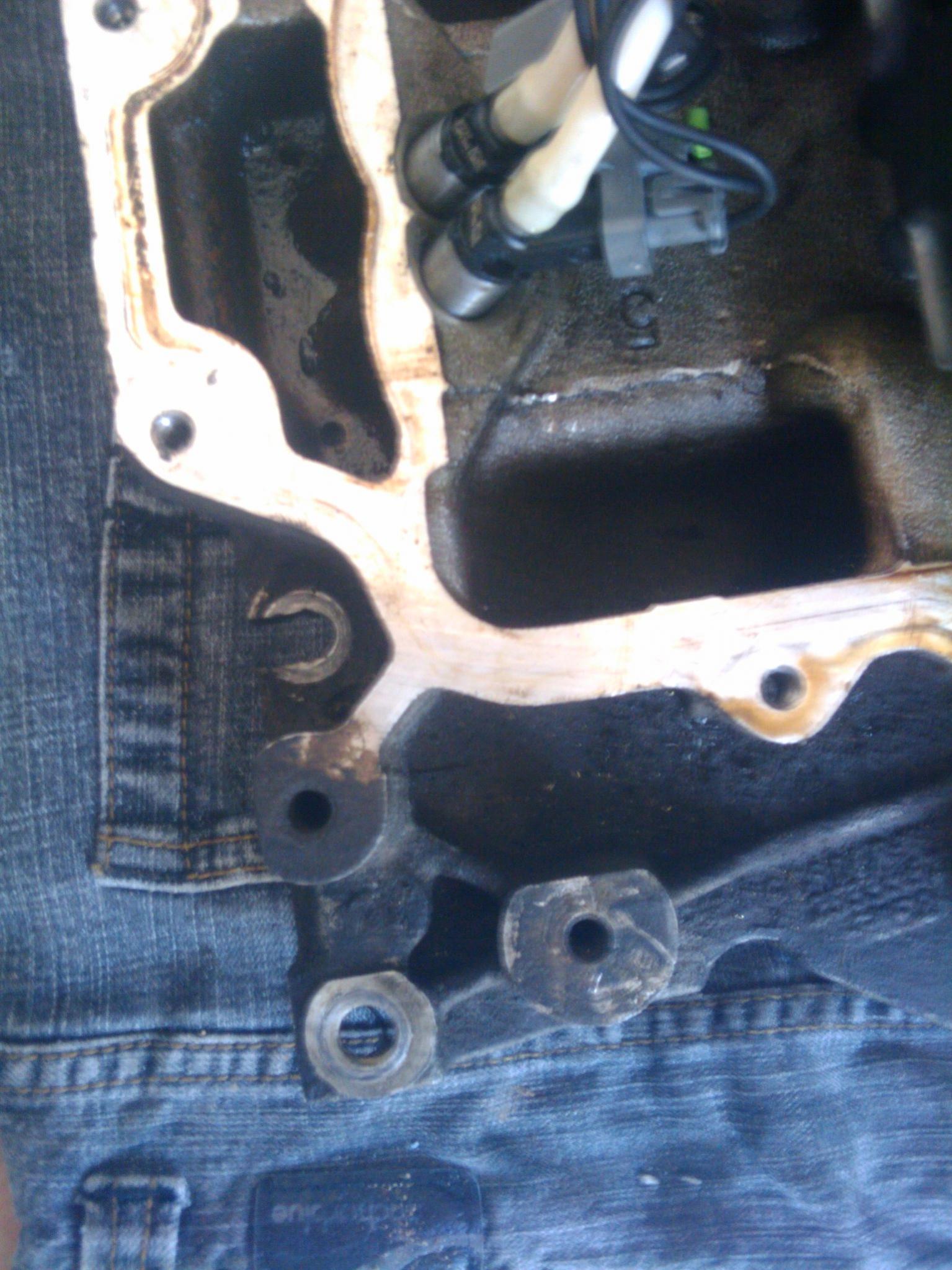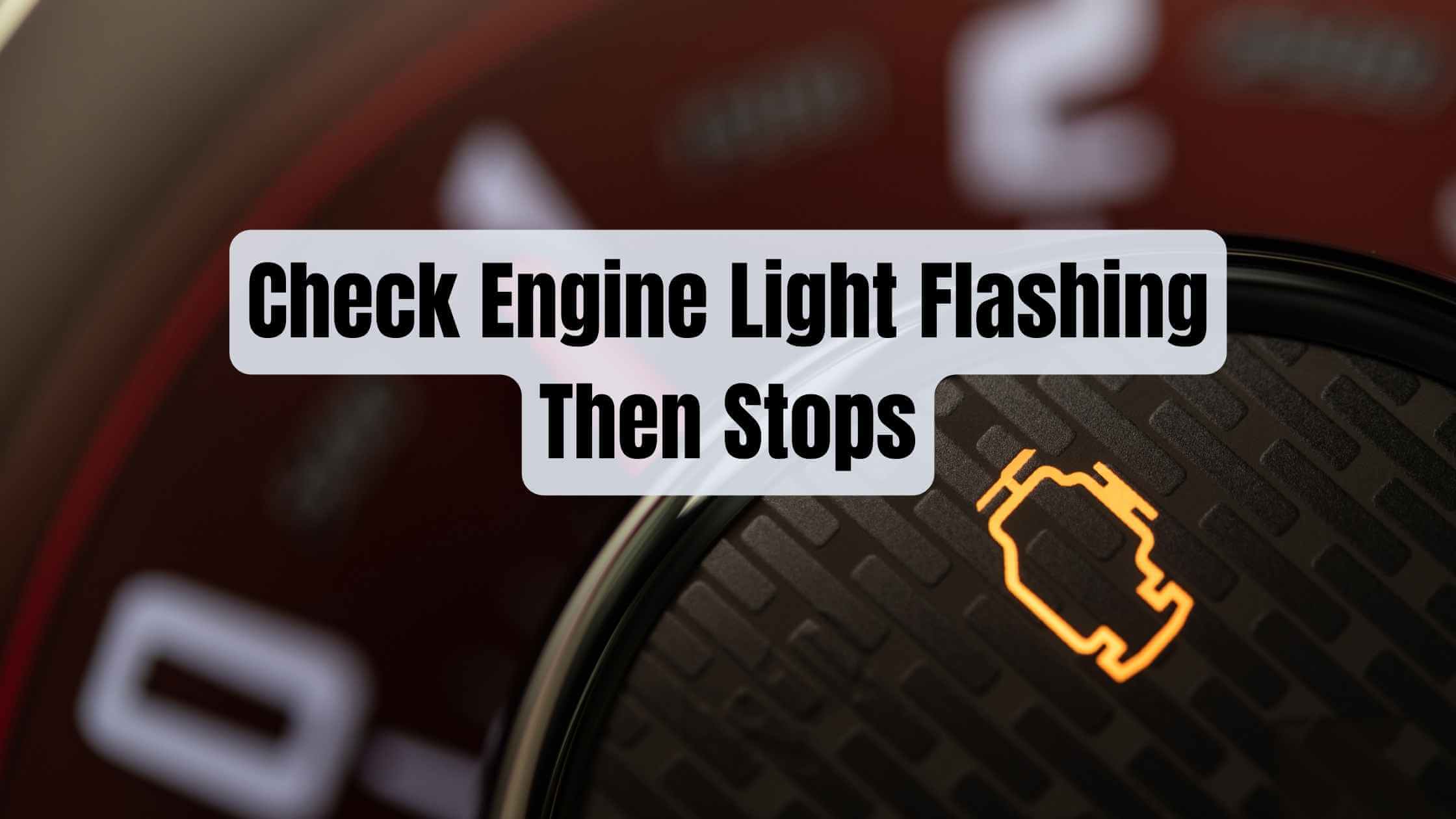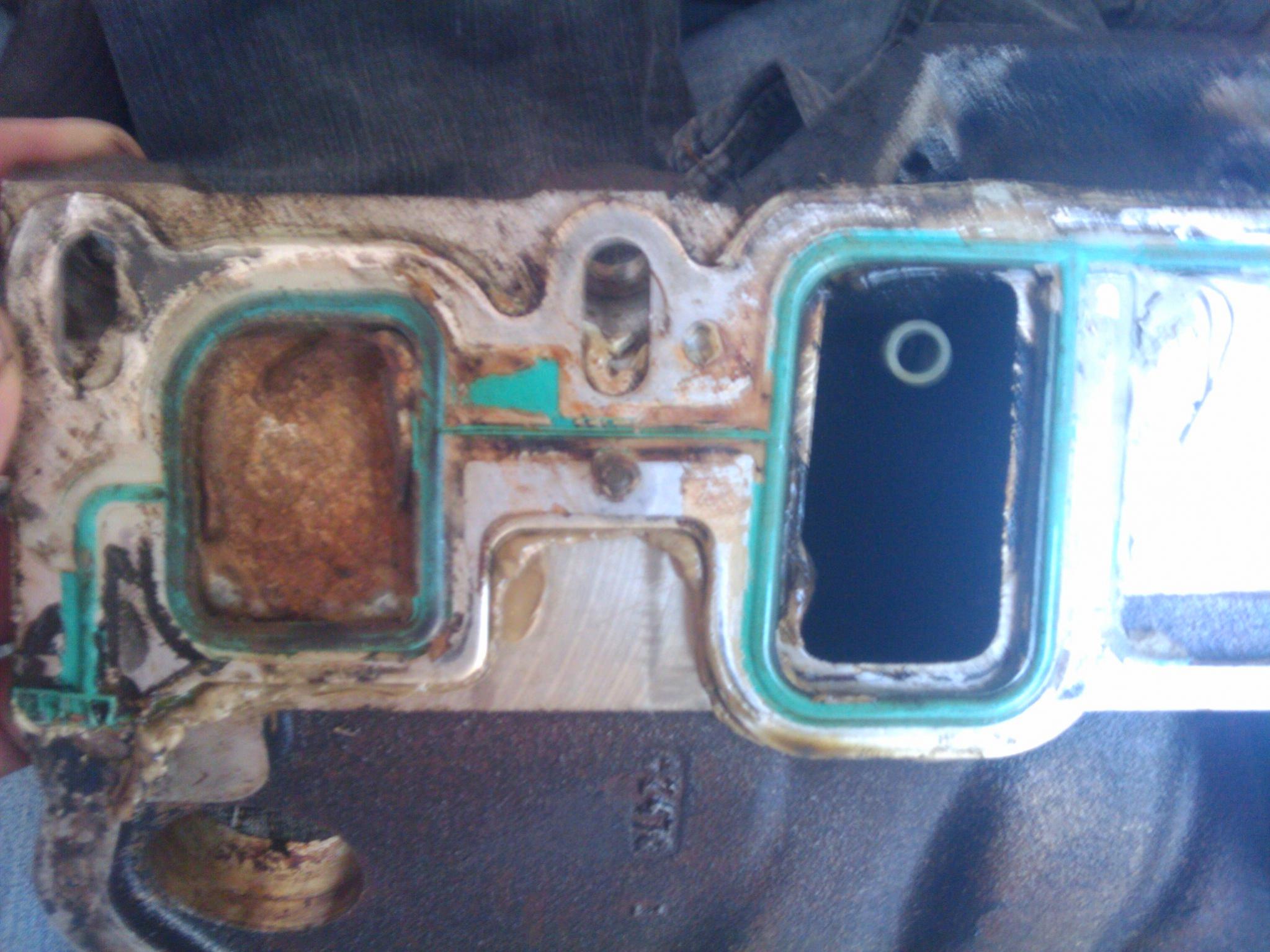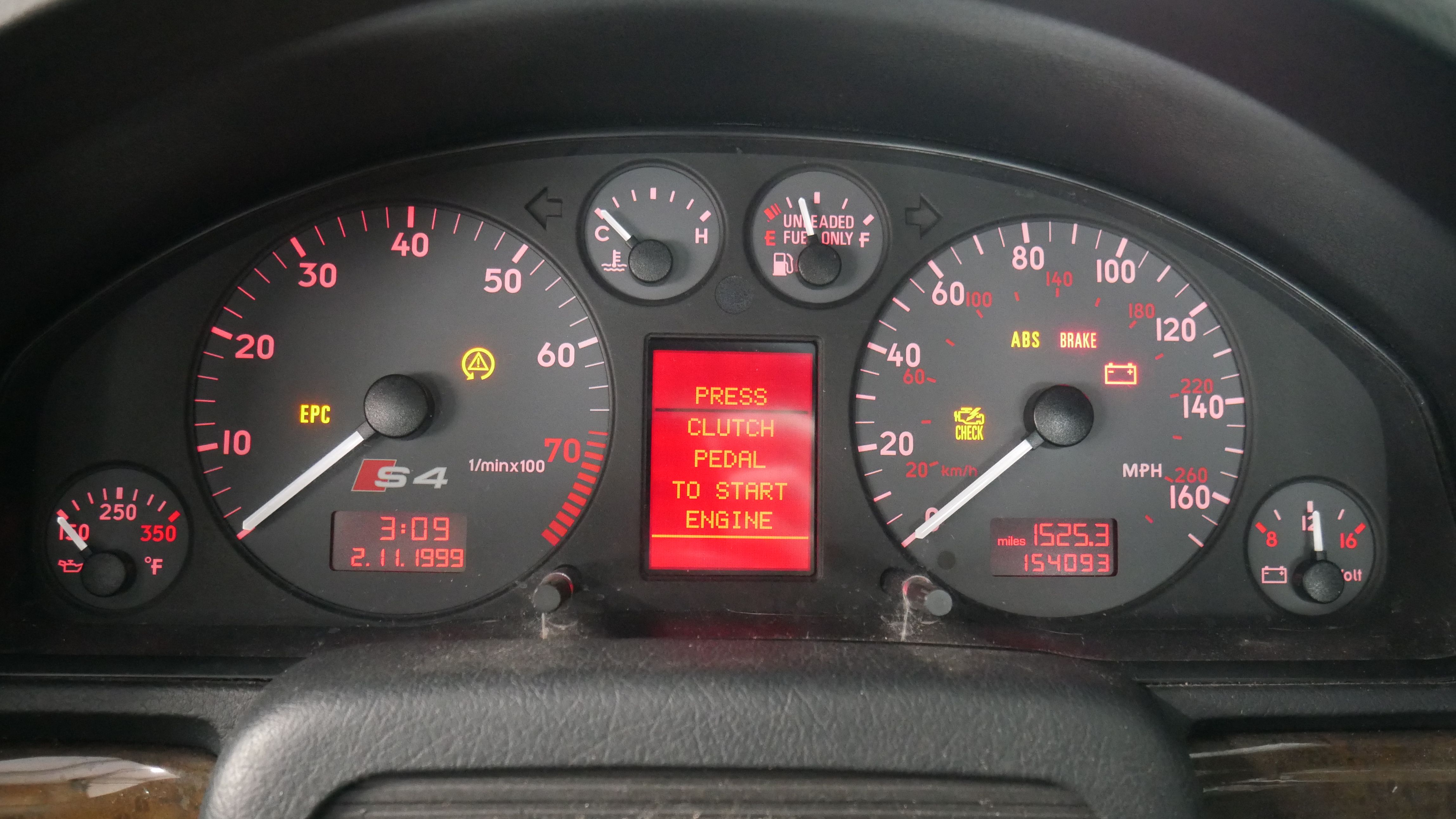Not So Fast: What Does It Mean When Your Engine Light Flashes?

The engine light, a glowing beacon of potential automotive woes, is enough to spark anxiety in even the most seasoned drivers.

When your engine light flashes, it’s like a cry for help from your car, indicating an urgent issue that needs immediate attention.

Fear not, intrepid motorists, for we’ve decoded the enigma of the flashing engine light, empowering you with knowledge and unflinching resolve.

The Signal: What Does It Mean?
A flashing engine light is a dire warning, signaling an imminent risk of engine damage.
.jpg)
It indicates a severe issue, such as:
– Misfires that can lead to catalytic converter failure
– Faulty ignition systems that compromise engine performance
– Critical emissions system malfunctions
Ignoring a flashing engine light is akin to ignoring a doctor’s urgent diagnosis, inviting catastrophic consequences for your vehicle’s health.

History and Myth: Unveiling the Enigma

The flashing engine light’s origins trace back to the 1970s, when emission control systems became mandatory.
Over time, the light’s meaning has evolved, becoming a universal symbol for engine distress.
However, myths and misconceptions persist, such as:
– The light only indicates emissions issues
– Ignoring the light will save on repair costs
– It’s okay to drive with a flashing light for short distances
These misconceptions can lead to dire consequences, as underestimating the severity of the issue can result in costly engine damage.
Hidden Secrets: Decoding the Warning
The flashing engine light isn’t just a warning; it’s a treasure map leading to the root cause of the issue.
Modern vehicles store diagnostic trouble codes (DTCs) that provide specific information about the problem.
By using an OBD-II scanner, a mechanic can access these codes and unravel the mystery behind the flashing light, guiding them towards the appropriate repair.
Recommendations: A Path to Resolution
When your engine light flashes, swift action is paramount.
Pull over to a safe location and turn off the engine to prevent further damage.
Contact a trusted mechanic immediately or have your vehicle towed to a repair shop.
Remember, ignoring the issue will only exacerbate the problem and lead to more costly repairs down the road.
Understanding the Codes
Each DTC provides a specific error message, helping mechanics identify the source of the problem.
Common DTCs include:
– P0300: Random misfires detected
– P0420: Catalyst system efficiency below threshold
– P0017: Camshaft position correlation bank 1 sensor A
By accurately interpreting these codes, mechanics can pinpoint the faulty component and proceed with the necessary repairs.
Tips: Navigating the Storm
While a flashing engine light can be alarming, it doesn’t always spell doom for your vehicle.
Here are some tips to help you cope:
– Maintain regular vehicle maintenance to prevent issues from escalating
– Keep a record of any unusual symptoms or behaviors your car exhibits
– Use a quality OBD-II scanner to diagnose potential problems early on
– Don’t hesitate to seek professional help when the engine light flashes
By following these tips, you can increase your chances of addressing engine issues before they become major problems.
Light Flashing During Startup
If your engine light flashes only during startup and then turns off, it may indicate a minor issue.
Common causes include:
– Loose gas cap
– Dirty air filter
– Faulty spark plugs
Observe if the light persists after subsequent startups; if so, further investigation is warranted.
Fun Facts: Surprising Truths
The flashing engine light has garnered its share of fun facts and trivia:
– Some car manufacturers use different colors for the engine light, such as yellow or orange.
– Ignoring a flashing engine light can void your vehicle’s warranty.
– The first engine light was introduced in the 1970s Plymouth Fury.
These tidbits may add a touch of amusement to your automotive adventures.
Repair: Restoring Your Vehicle’s Health
Repairing a flashing engine light typically involves diagnosing the underlying issue and replacing or fixing the faulty component.
Common repairs include:
– Replacing spark plugs or ignition coils
– Fixing vacuum leaks
– Cleaning or replacing fuel injectors
– Repairing or replacing emission control components
The cost of repairs varies depending on the severity of the issue and the vehicle’s make and model.
What If: Potential Consequences
Ignoring a flashing engine light can lead to catastrophic consequences for your vehicle.
Neglect can result in:
– Engine damage or failure
– Increased fuel consumption
– Failed emissions tests
Remember, a flashing engine light is a serious warning that should not be ignored.
Listicle: Common Causes
Here’s a concise list of common causes for a flashing engine light:
– Engine misfires
– Ignition system issues
– Faulty fuel injectors
– Vacuum leaks
– Emissions control system problems
– Low oil pressure
– Overheating
By understanding these causes, you can be more informed when faced with a flashing engine light.
Questions and Answers
Conclusion of What Does It Mean When Your Engine Light Flashes
Understanding the significance of a flashing engine light is crucial for maintaining the health of your vehicle.
By promptly addressing the issue, you can prevent costly repairs, ensure optimal engine performance, and enhance your driving experience.

